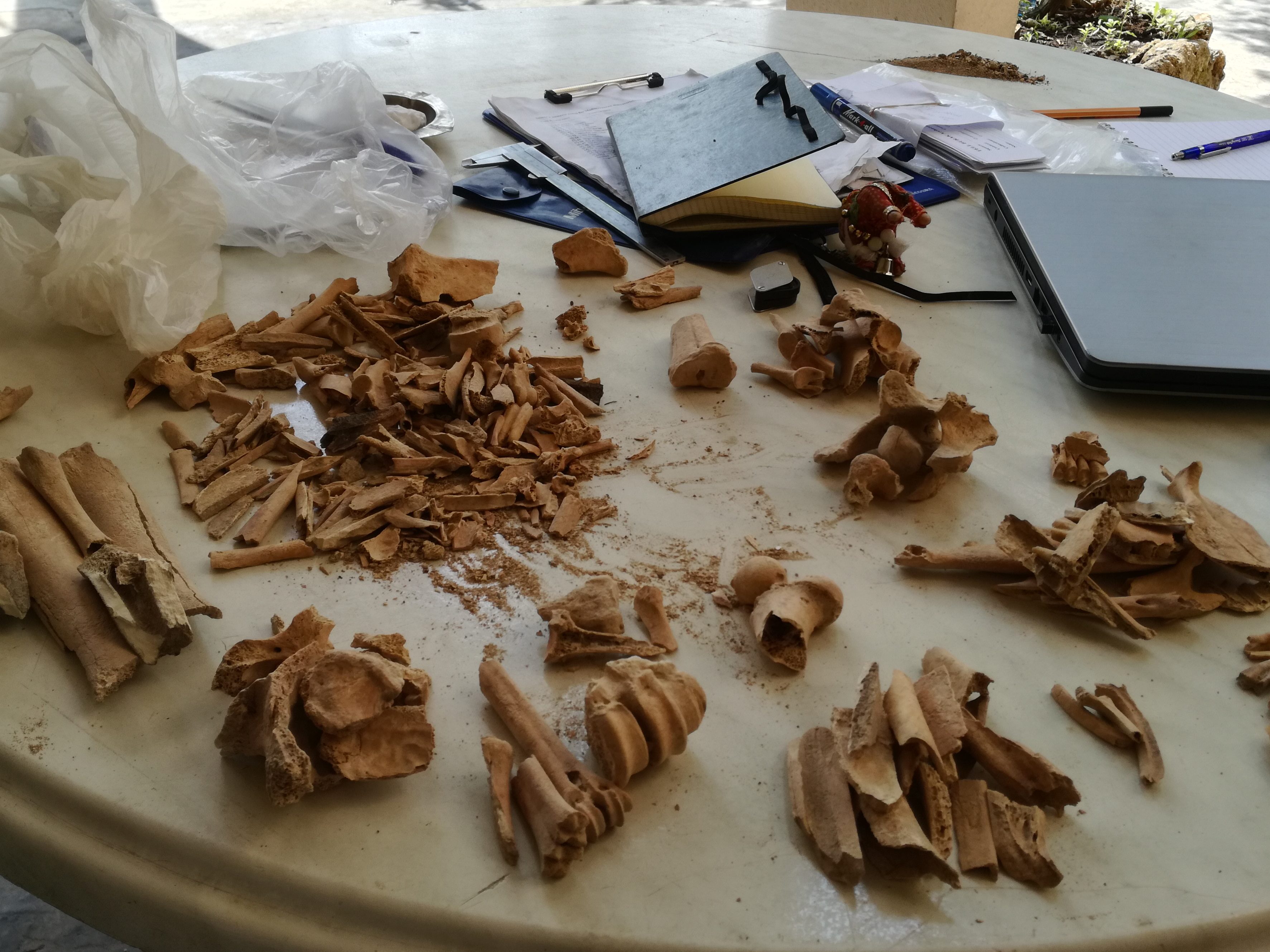
Historical background
The Chalcolithic and the Early Bronze Age in the Near East (ca. 5,500-2,200 BCE) are characterized by major socio-political changes that led to the rise of the first urban-based societies with clear structures of specialized labour to organize subsistence, governance, and long-distance exchange. However, it is not clear how urbanism and farming developed during this time in Anatolia.
This project uses two settlements in the Troad area (present-day Turkey): Troy and Kumtepe. Troy is a site with a long history, mentioned in the epic poem Iliad by Homer and was brought back to the imagination of the broader public thanks to the excavations led by Schliemann. It covers a timespan from the Early Bronze Age until the Roman Period. This site acted as a cultural bridge between the Troad and the Balkans, Anatolia, the Aegean and Black Sea regions through migration, trade and the exchange of ideas. Kumtepe lies about five kilometers of Troy and covers the Neolithic/Chalcolithic until the Early Bronze Age. The layer of Kumptepe C is synchronous to that of Troy I, whereas the Kumtepe B and A layers predate the settlement of Troy.
Goals
Through this project, we want to find answers to the following research questions:
- What are the differences in diet between an urban center (Troy) and a smaller settlement (Kumtepe) in the Troad.
- How were agricultural products produced in the Troad to feed growing populations.
- How does this region fit in what we know of urbanisation and farming in the broader Near Eastern context.
This knowledge will advance our knowledge of the Troad region during the Chalcolithic and the Early Bronze Age, which will help us understand the larger socio-political developments in the Near East.

Methods
We will use stable carbon and nitrogen isotope analysis to get answers to our questions. Stable isotope analysis is a biochemical method which allows us to obtain a more detailed picture of past farming and diet. This method allows us to find out whether manuring happened to fields and can tell us more about water stress, irrigation practices, and climatic conditions ancient crops faced. It also sheds light on what the animals were eating, and more specifically, the stable isotope values of animals will reflect the consumption of manured crops and their by-products.
Results
I am still waiting to get the results of the stable carbon and nitrogen isotope analysis on the seeds and animal bones. Stay tuned to find out more soon!
